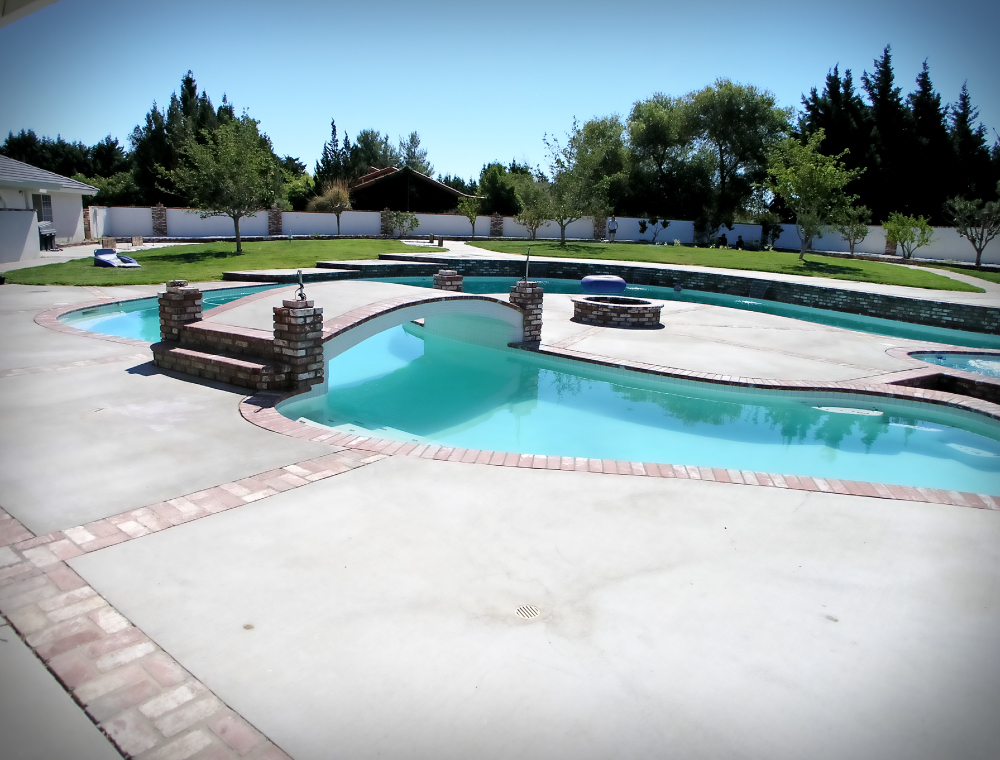
When planning for inground pool construction, it is essential to familiarize yourself with various terms before hiring a contractor. The intent is to get along with experienced pool professionals when they take you through a step-by-step construction process. That said, here are four critical inground pool construction terms for concrete design terms to know.
Steel Rebar
Oftentimes, builders use shorter terms to refer to specific structures or elements of specific projects. In this case, Rebar represents steel reinforcement bars with these rounded bars referred to as “the steel.” These bars come in different grades and with a specified purpose based on your structure’s requirements. Rebar is used in nearly all concrete structures, including inground pools, to provide extra strength to concrete. In other words, it enhances the tensile strength of the pool. Combining steel rebar and concrete allows your pool to withstand ground and water pressure, guaranteeing durability and stability.
Gunite/Shotcrete
There is no doubt that your new inground pool will use either gunite or shotcrete concrete materials. These unique forms of concrete are common in the pool industry because they deliver rock-hard and durable foundations that make an inground pool. Generally, both gunite and shotcrete define the versatility of your underground pool’s design elements, configuration, custom spa integration, and shape.
Plaster
The interior finish of your pool is vital because it contacts water, and it is what you will see every time. Materials applied to the interior of your new inground pool undergo a process referred to as plaster. It is a finish that covers the rough and porous concrete shell while giving your pool a pleasing appearance. Furthermore, plaster gives your pool a smooth and waterproof finish, essential for your structure. Common materials used include Marcite, pebble, and quartz aggregate. These materials are prepared on-site and applied carefully using a trowel to deliver a smooth layer throughout the pool’s interior.
Perimeter Coping
When it comes to pool construction and design, you will likely hear the term ‘coping.’ In definition, coping is the material fitted along the pool’s perimeter to determine its shape while separating the decking from the structure. It is usually 12-18 inches in width, depending on your pool size and configuration. Perimeter coping is a decorative element available in multiple materials such as travertine, brick, colored concrete pavers, and natural stone. As a result, coping gives your pool an intelligent outline once you choose a suitable material that separates it from the deck.
Alan Jackson Pools
For more information regarding standard pool construction terms for concrete designs or a free home inground pool construction estimate, contact Alan Jackson Pools at (661) 273-7231 today!


